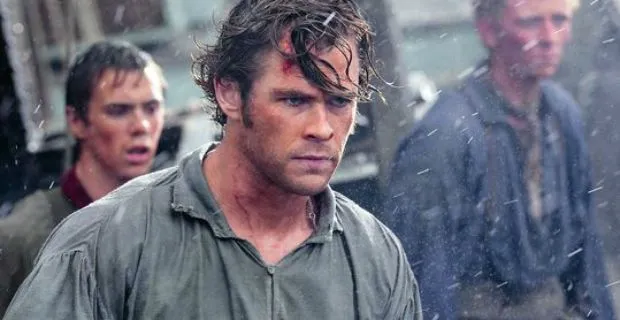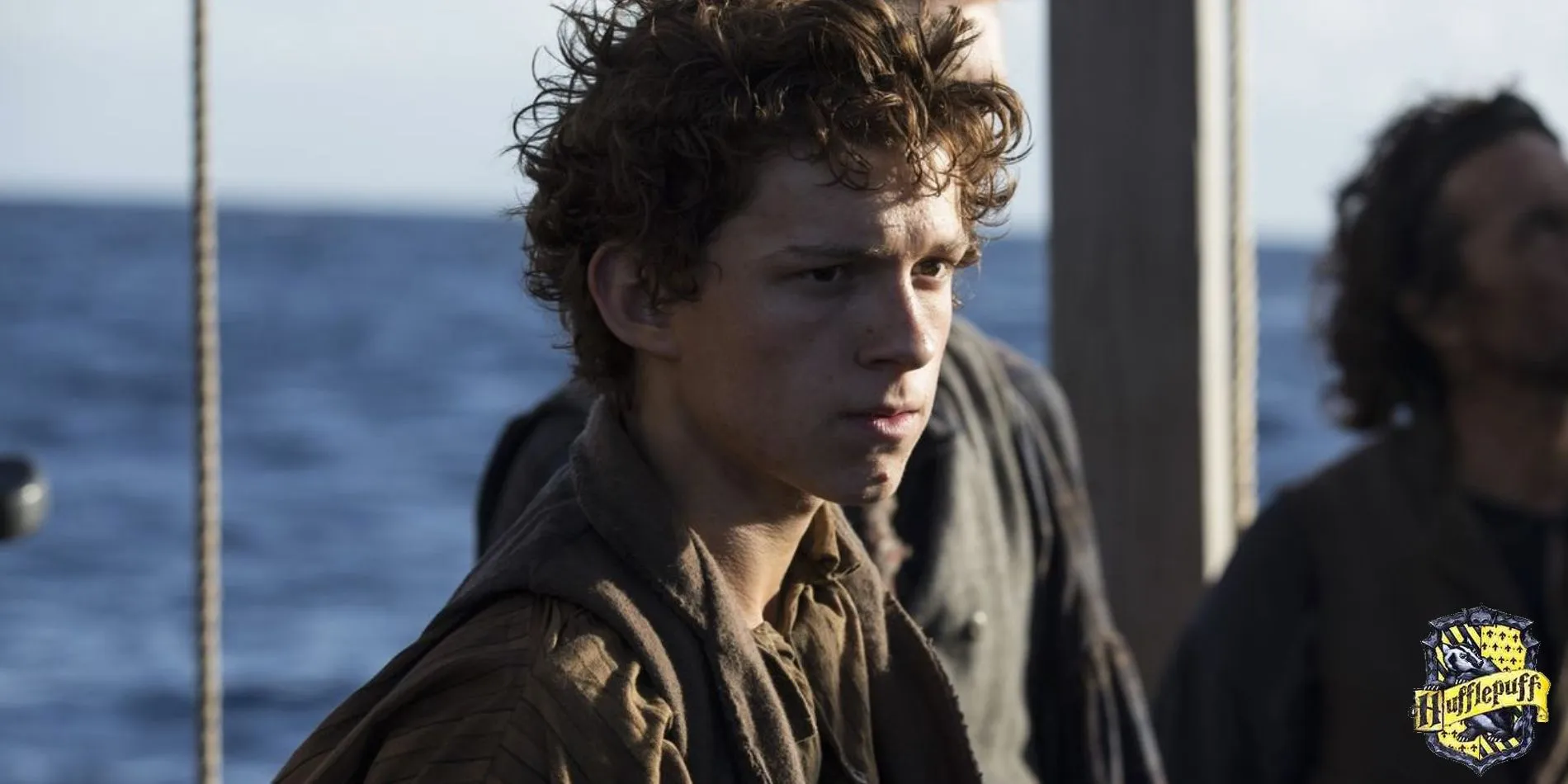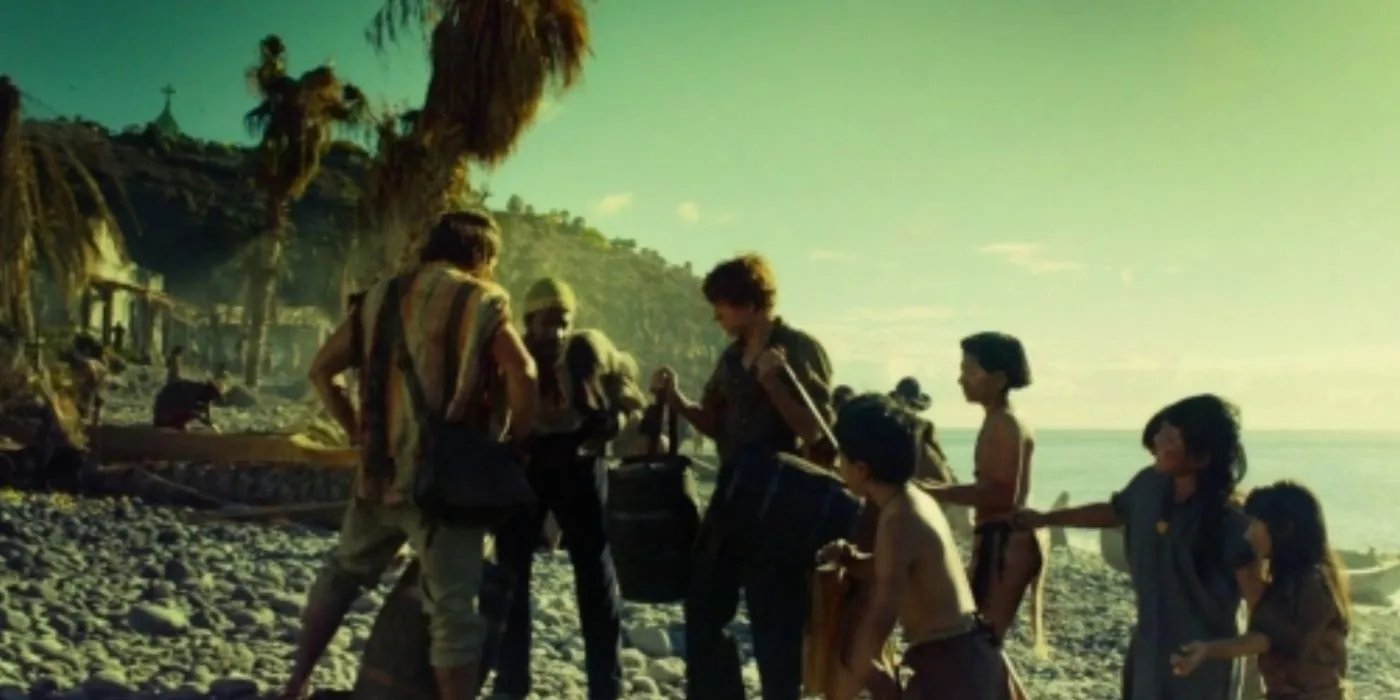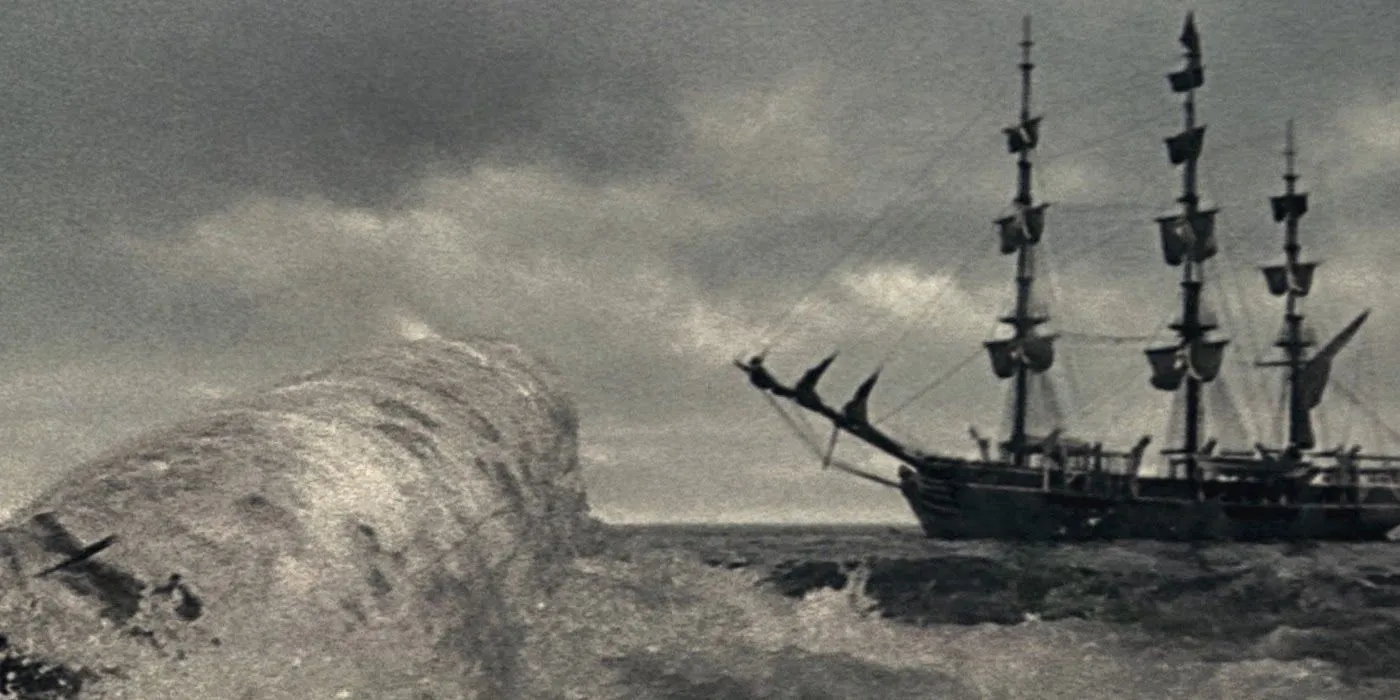
Inspired by the gripping true story of survival, the 2015 film In The Heart Of The Sea, directed by Ron Howard, takes audiences on a harrowing journey. Focused on the crew of the whaling ship Essex, the narrative unfolds as they confront a terrifying battle for survival after a vengeful whale sinks their vessel. Adapted from Nathaniel Philbrick’s 2000 book In the Heart of the Sea: The Tragedy of the Whaleship Essex, the film also illuminates how these life-altering events laid the groundwork for Herman Melville’s classic novel, Moby-Dick, first published in 1851.
Featuring a notable cast, including Chris Hemsworth, Cillian Murphy, and Tom Holland, In The Heart Of The Sea delves into the crew’s struggle to set aside their differences and utilize their diverse skills for survival. Although the film received mixed reviews upon its initial release, its subsequent availability on streaming platforms like Netflix has led to a resurgence in popularity. Over time, it has been recognized as one of Howard’s standout works, particularly noted for its authentic representation of events that inspired one of literature’s greatest masterpieces.
The Essex Whaling Ship: A Historical Foundation
Launch of the Essex in 1799

The narrative of In The Heart Of The Sea begins in the 1850s when Thomas Nickerson (portrayed by Brendan Gleeson), a troubled innkeeper, is approached by author Herman Melville (played by Ben Whishaw). He seeks to learn about Nickerson’s traumatic experiences aboard the Essex that sank thirty years earlier. Although reluctant at first, Nickerson’s recounting of his time as a 14-year-old cabin boy (Tom Holland) in 1820 ultimately unveils the harrowing tale of the ship’s demise.
The Essex, a whaling ship constructed in Nantucket, Massachusetts, was launched in 1799. At that time, Nantucket was renowned as the epicenter of the whaling industry. With a weight of 238 tons and a length of 88 feet, the Essex was smaller compared to her contemporaries but renowned for her successful whaling ventures. By the time she departed in 1820 for her final voyage, she had already successfully completed six whaling expeditions, earning her a reputation as a fortunate ship among sailors (source: National Geographic).
The Tragic Voyage of the Essex in 1820
Encounters with the Vengeful Sperm Whale

As depicted in the film, the older Thomas Nickerson recounts the Essex’s fateful final journey that began auspiciously, scheduled for two and a half years of whaling near South America. Captain George Pollard (Benjamin Walker) and first mate Owen Chase (Chris Hemsworth) led the crew. The film vividly portrays the ship’s arrival in Ecuador, where they received warnings of a “vengeful white whale”lurking in the vicinity.
On November 16, 1820, the crew reached the designated whaling grounds, located approximately 1000 miles from the Galápagos Islands. Shortly after their arrival on November 20, crew members set out in whaleboats to pursue sightings of sperm whales. During this time, a massive sperm whale, significantly larger than typical specimens at 85 feet, attacked the Essex, an event chronicled by Chase in his memoir (source: Smithsonian).
During this encounter, the sperm whale inflicted catastrophic damage to the Essex, crushing her bow and hastening her descent into the depths of the Pacific Ocean. Survivors vividly described the attack, with Chase noting the whale’s furious thrashing and destructive power. The surviving crew endeavored to salvage supplies for two days before the ship succumbed to the ocean’s depths (source: Explore the Archive).
Survival After the Sinking of the Essex
Crew Composition at the Time of the Sinking

At the time of her departure from Nantucket, the Essex was manned by a diverse crew of 21 men, ranging in age from 14 to 60. Youngest among them was cabin boy Thomas Nickerson, eager to prove himself on his inaugural voyage. Unfortunately, the initial stages of their journey were marred by storms that damaged the whaleboats. By September 1820, following a port stop in Atacames, Ecuador, a crew member jumped ship, leaving the Essex with 20 men.
|
The Crew of Essex |
|||
|---|---|---|---|
|
Member Name |
Role |
Age |
Fate |
|
George Pollard |
Captain |
29 |
Survived |
|
Owen Chase |
First Mate |
21 |
Survived |
|
Matthew Joy |
Second Mate |
26 |
Died |
|
Obed Hendricks |
Boat steerer |
20 |
Lost at Sea – Presumed Dead |
|
Benjamin Lawrence |
Boat steerer |
20 |
Survived |
|
Thomas Chappel |
Boat steerer |
Unknown |
Survived on Henderson Island |
|
William Bond |
Steward |
Unknown |
Lost at Sea – Presumed Dead |
|
Thomas Nickerson |
Cabin Boy |
14 |
Survived |
|
Owen Coffin |
Seaman |
16 |
Died |
|
Isaac Cole |
Seaman |
Unknown |
Died |
|
Harry DeWitt |
Seaman |
Unknown |
Jumped Ship in Ecuador |
|
Richard Peterson |
Seaman |
60 |
Died |
|
Charles Ramsdell |
Seaman |
15 |
Survived |
|
Barzillai Ray |
Seaman |
17 |
Died |
|
Samuel Reed |
Seaman |
Unknown |
Died |
|
Isaiah Sheppard |
Seaman |
Unknown |
Died |
|
Charles Shorter |
Seaman |
Unknown |
Died |
|
Lawson Thomas |
Seaman |
Unknown |
Died |
|
Seth Weeks |
Seaman |
16 |
Survived on Henderson Island |
|
Joseph West |
Seaman |
Unknown |
Lost at Sea – Presumed Dead |
|
William Wright |
Seaman |
18 |
Survived on Henderson Island |
In the aftermath of the whale’s assault, the crew of the Essex had to abandon ship, quickly commandeering the three whaleboats. Despite catastrophic conditions, they managed to survive the immediate sinking. Under the leadership of Captain Pollard and first mate Chase, the men navigated the treacherous waters, each striving to stay alive amidst the chaos.
Timeline of the Essex Survivors’ Rescue
Desperate Measures for Survival

The Essex crew embarked on their journey to safety via the whaleboats, striving to conserve their limited resources. By December 20, upon reaching the uninhabited Henderson Island, they were severely weakened by starvation and dehydration. Although they located fresh drinking water and managed to catch birds and fish, Captain Pollard eventually deemed it necessary to leave the island after a week with no sign of rescue. Three crew members chose to remain behind, while the rest departed on December 27, 1820.
As hunger became increasingly dire, surviving crew members were compelled to make heart-wrenching decisions, ultimately resorting to cannibalism. The film vividly portrays these moral dilemmas, emphasizing the psychological torment they endured while battling not just the elements but also their own humanity.
The reality was starkly depicted as second mate Matthew Joy (played by Cillian Murphy) was one of the those who left Henderson Island, suffering from starvation and poor health. Tragically, he succumbed on January 10, 1821, and was buried at sea (source: Britannica). The emotional weight of cannibalism was shared by Nickerson in his recollections, as the crew grappled with the consequences of their survival instincts.
On January 29, 1821, the three whaleboats were separated, and one boat vanished entirely, with its crew—William Bond, Obed Hendricks, and Joseph West—never to be seen again. Among those still alive, the survivors had no choice but to continue their grim ritual to endure. After 94 days adrift, on February 18, 1821, they were finally rescued by a merchant ship named the Indian. The three who remained on Henderson Island were rescued much later, on April 9, leaving only eight of the original crew of 20 alive (source: All That’s Interesting).
Inspiration for Melville’s Moby-Dick
Moby-Dick: A Literary Landmark

Upon their rescue, the Essex survivors returned to Nantucket, where they encountered their families once more. Just four months later, Owen Chase published his account, titled Narrative of the Most Extraordinary and Distressing Shipwreck of the Whale-Ship Essex, which detailed the tragedy and the crew’s struggles. In contrast, Thomas Nickerson’s memoir, The Loss of the Ship “Essex”Sunk by a Whale, documented his perspective but was not officially published until 1984 (source: Herman Melville Resource).
Chase’s firsthand account provided substantial inspiration for Herman Melville’s legendary novel, Moby-Dick. Despite its eventual acclaim as one of history’s best-selling books, it initially sold only around 3,000 copies during Melville’s lifetime. Published in 1851, Moby-Dick follows Captain Ahab’s obsessive quest to attain vengeance on the whale that had once attacked him. Although it fell out of print after Melville’s death in 1891, it later emerged as one of the most renowned literary works in history, landing a spot among the top 100 novels ever written (source: The Guardian).
Ron Howard’s film In The Heart Of The Sea artfully portrays the harrowing saga of the Essex, effectively illustrating the events that inspired one of the most significant novels in literary history.
Sources: National Geographic, Nantucket Historical Association, Smithsonian, Explore the Archive, Britannica, All That’s Interesting, Herman Melville Resource, The Guardian




Leave a Reply ▼